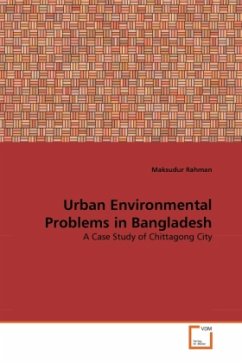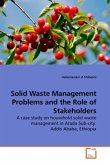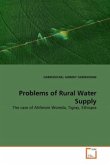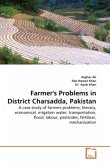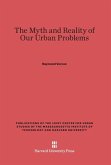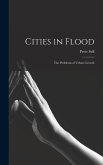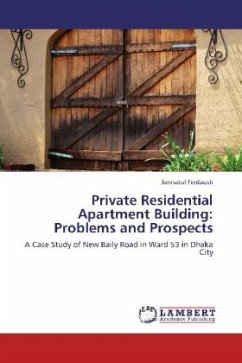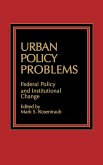This book explores the environmental problems both at the household and neighbourhood levels in different residential areas of Chittagong, the second largest city in Bangladesh, which is associated with a range of environmental concerns not least due to its hilly and coastal setting. Households in lower-income neighbourhoods are more likely to be susceptible to local environmental problems, compared with those in middle- and higher- income residential areas. Analysis of the gender relations and intra-household division of labour finds women and children, particularly in the households of lower-income neighbourhoods, are the major victims of residential environmental problems. The key factors, which contribute to the different environmental problems at household, neighbourhood plus citywide level, identified by both household and qualitative surveys are analysed to suggest steps towards a more effective local urban environmental management framework for Chittagong.
Bitte wählen Sie Ihr Anliegen aus.
Rechnungen
Retourenschein anfordern
Bestellstatus
Storno

